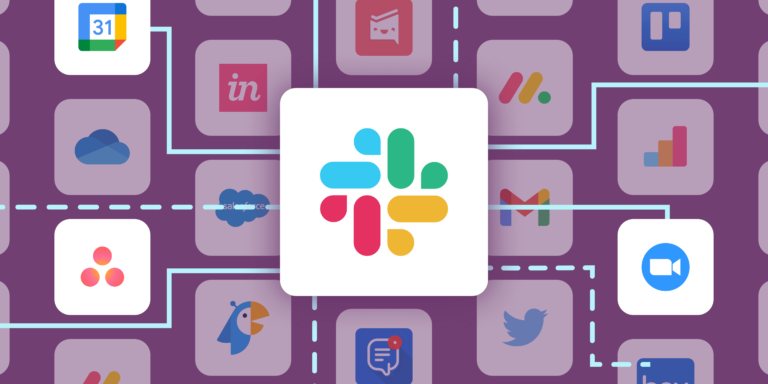
Miro vs. Mural: Understanding Two Leading Online Whiteboard Tools
In the world of digital collaboration, Miro and Mural stand out as two of the most popular online whiteboard platforms. These tools are designed to facilitate brainstorming, planning, and real-time collaboration, making them essential for teams working remotely or in hybrid environments. Although Miro and Mural share many similarities, they also have distinct features that set them apart. In this article, we will explore what Miro and Mural are, how they function, and the key differences between them.
What is Miro?
Miro is an online collaborative whiteboard platform that enables teams to visualize ideas, projects, and workflows. With an infinite canvas, Miro offers a versatile space where users can create diagrams, flowcharts, mind maps, wireframes, and more. It’s particularly useful for brainstorming sessions, design sprints, project planning, and agile workflows.
Miro is designed to support a wide range of use cases, from creative ideation to complex process mapping. It integrates with numerous other tools, such as Slack, Jira, and Google Workspace, making it a central hub for team collaboration. Miro’s real-time collaboration features allow multiple users to work on the same board simultaneously, with options for commenting, voting, and even video conferencing within the platform.
Key Features of Miro:
- Infinite Canvas: A limitless digital workspace for brainstorming, planning, and designing.
- Real-Time Collaboration: Teams can work together in real-time, adding comments, sticky notes, and drawings.
- Templates: Pre-built templates for various use cases, including brainstorming, strategy planning, and agile workflows.
- Integrations: Seamless integration with tools like Slack, Microsoft Teams, and Jira.
- Presentation Mode: Convert your board into a presentation without leaving the platform.
What is Mural?
Mural is another powerful online whiteboard tool designed for visual collaboration and brainstorming. Like Miro, Mural offers an infinite canvas where teams can create and organize ideas using sticky notes, images, drawings, and diagrams. Mural is particularly popular in design thinking, user experience (UX) design, and innovation workshops.
Mural emphasizes collaborative problem-solving and creativity. It offers a range of templates and frameworks to help teams structure their brainstorming sessions and workshops. Mural also integrates with other tools such as Microsoft Teams, Slack, and Google Workspace, enhancing its utility in various workflows. The platform supports real-time collaboration, allowing teams to work together from anywhere in the world.
Key Features of Mural:
- Infinite Canvas: A flexible, expansive space for creating and organizing ideas visually.
- Real-Time Collaboration: Multiple users can collaborate simultaneously, adding notes, images, and drawings.
- Templates: A variety of templates designed for brainstorming, design thinking, and workshops.
- Integrations: Connects with tools like Microsoft Teams, Slack, and Google Workspace.
- Facilitation Superpowers: Tools to help facilitate meetings and workshops, such as timers, voting, and guided activities.
Differences Between Miro and Mural
While Miro and Mural are similar in many respects, they cater to slightly different audiences and use cases. Here’s a breakdown of the key differences between the two platforms:
1. Primary Use Cases:
- Miro: Miro is often used for a broad range of activities, from brainstorming and project planning to agile workflows and complex diagramming. It’s favored by teams in product development, engineering, marketing, and education.
- Mural: Mural is more focused on design thinking, UX design, and creative problem-solving. It’s popular among teams that prioritize structured brainstorming sessions and workshops.
2. Facilitation Tools:
- Miro: Miro offers facilitation features like voting, commenting, and timer tools, but these are generally more basic compared to Mural.
- Mural: Mural is known for its “Facilitation Superpowers,” which include advanced tools for running workshops and meetings, such as guided activities, a private mode for brainstorming, and advanced voting options.
3. Templates and Frameworks:
- Miro: Miro provides a wide array of templates across various industries and use cases, from simple brainstorming to complex process mapping.
- Mural: Mural also offers a robust selection of templates, with a strong emphasis on design thinking, UX design, and innovation workshops.
4. Learning Curve and User Experience:
- Miro: Miro’s interface is rich and feature-packed, which can be overwhelming for new users but offers great flexibility and power once mastered.
- Mural: Mural is often considered more intuitive and easier to pick up, especially for teams focused on design and creative collaboration.
5. Customization and Flexibility:
- Miro: Offers extensive customization options, including the ability to create custom templates and integrate with a wide range of third-party tools.
- Mural: While also customizable, Mural tends to be more focused on guiding users through specific workflows, particularly in design thinking and ideation.
6. Pricing and Plans:
- Miro: Miro offers a free plan with limited features, with pricing tiers based on the number of users and additional features like advanced security and integrations.
- Mural: Mural also provides a free plan with basic features, with paid plans that offer more templates, facilitation tools, and administrative controls.
7. Community and Support:
- Miro: Miro has a large and active user community, with extensive resources, tutorials, and webinars available.
- Mural: Mural also has a strong community, particularly among design and innovation professionals, with resources tailored to these fields.
Conclusion
Miro and Mural are both excellent online whiteboard tools that offer powerful features for team collaboration. Miro is a versatile platform suited to a wide range of tasks, from brainstorming to project management, making it a favorite among diverse teams. Mural, on the other hand, excels in structured creative processes like design thinking and UX design, making it ideal for teams that focus on innovation and problem-solving.
Choosing between Miro and Mural depends on your team’s specific needs. If you require a tool with broad capabilities and extensive integration options, Miro might be the better choice. If your focus is on facilitating creative workshops and design thinking sessions, Mural’s specialized features could be more beneficial. Ultimately, both platforms can significantly enhance collaboration and productivity, especially in remote or hybrid work environments.




